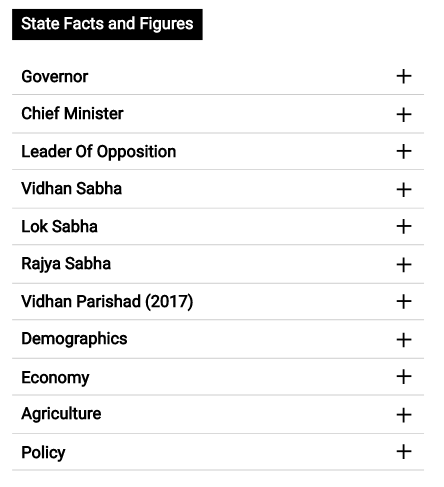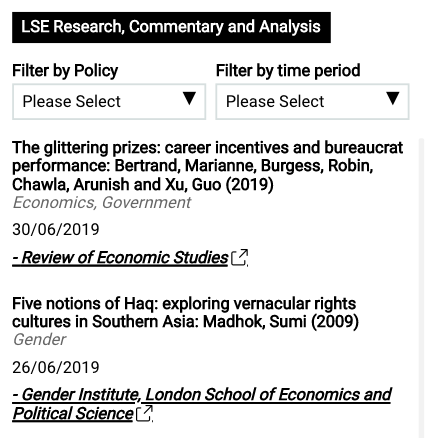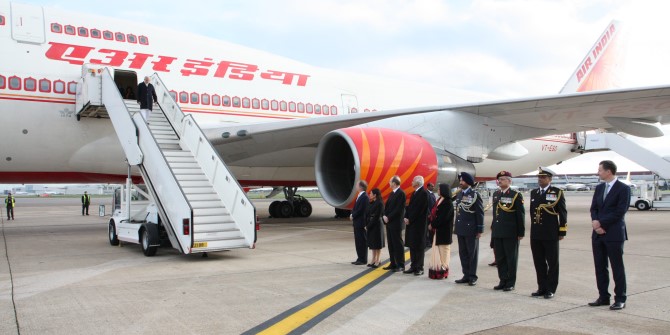Understand India – One State at a time
The South Asia Centre is proud to launch a free, interactive online portal that compiles political, economic, social, demographic, policy and geographic data on India.
Using data from the Census of India, Election Commission of India, charities, think tanks and various government departments, it visualises key data sets of over 1.3 billion people across India.
The States of South Asia is being launched with a pilot of India before it expands to cover all countries in South Asia.
This map uses an award-winning LSE platform to display key political data for anyone wanting to understand Indian politics, and includes information on the Vidhan Sabha, Lok Sabha and Vidhan Parishad data of each State and Union Territory.
A window into LSE research
The map is also a unique resource that allows users to easily access hundreds of research articles, opinion and analysis on India from the London School of Economics.
 Explore key State Facts and Figures
Explore key State Facts and Figures
Along with key sets of political information, this map has a wealth of demographic, economic, agricultural and policy data.
Use the ‘State Facts and Figures’ section to understand, analyse, compare and contrast Indian States and Union Territories.
Discover ‘The States of South Asia‘ Now
————————————————————————————————————————————————-











Undoubtedly a treasure for researchers and activists.